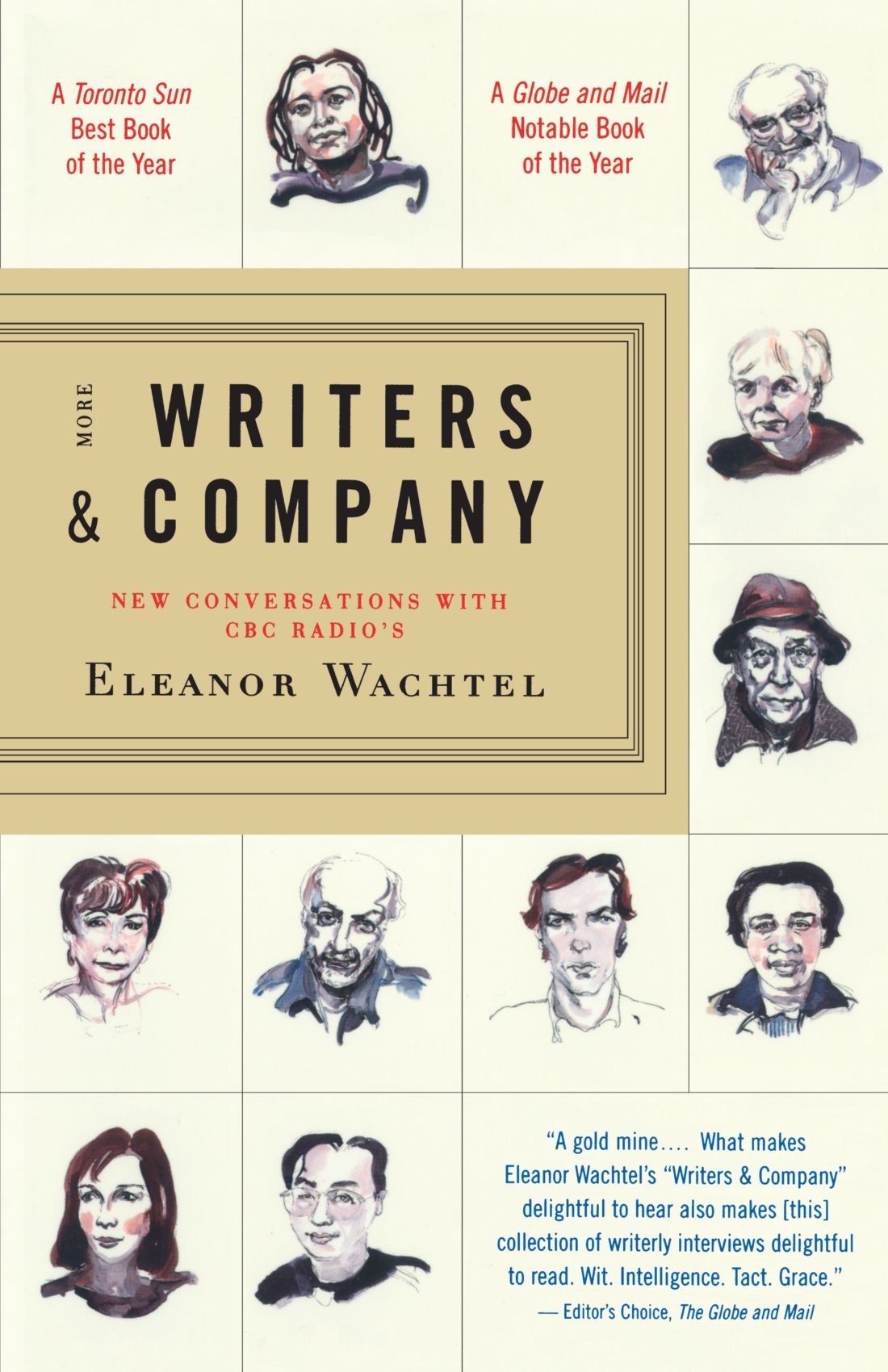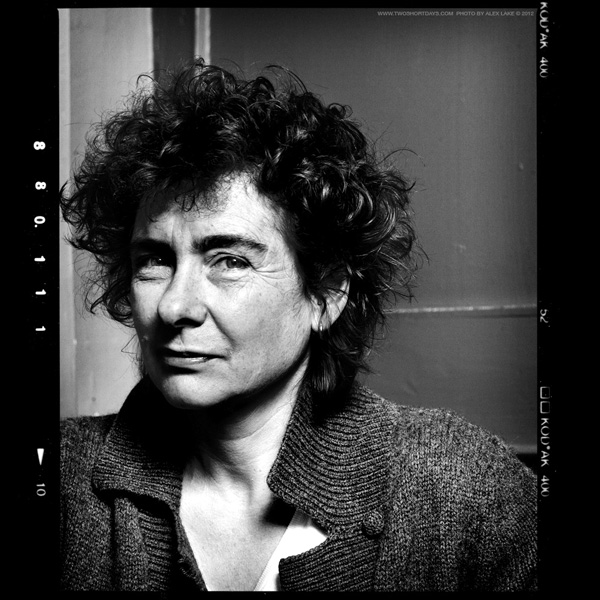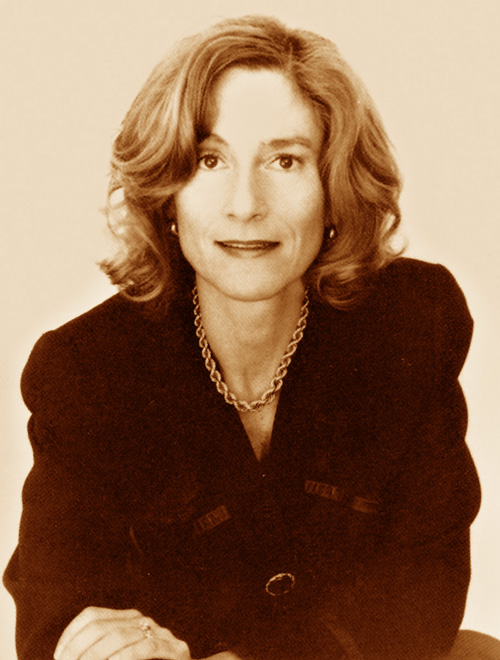According the statistics reported by the National Museum of Women In The Arts, in 2014, " A Joan Mitchell painting sold for $11.9 million—the most ever paid at auction for a women artist. Want to take a guess at what the highest amount ever paid for a work by a male artist is? $142.4 million."
If you are a young woman who naively enters into an art education, you better be prepared for many misconceptions about the art world, and you will need to wade your way through half truths, misconceptions, preconceived notions about art and artists. You will need to learn to decipher the myths from the reality, of what it means to be an artist. What has been commonly referred to as the 'art world ' is now for the most part the art market, where there are perceived winners and losers.
Being an artist is a business. Many artists are lacking in having an entrepreneurial business sense. If you intend to make money, to make a living, you'll need to learn to get comfortable with knowing how to market yourself, and learn how to budget, if you are going to be a freelance self-employed artist. Remember you will not have work benefits, such as a pension plan, sick benefits, vacation pay or maternity leave. You need to learn about the business, of business.
Then there are the 'Art Stars ' who, regardless of how bad their work is perceived as being, they can create any thing, are revered and seem to have that Midas touch. They are the so called winners. The rest, the losers, who may be gifted and talented, go unrecognized, are the quintessential starving artists, living in a garret, never receiving acclaim until they are long gone, dead in the ground, six feet under.
It appears to me that the perception is, all or nothing, and you're ahead of the game, right out to the gate, if you happen to be born male. It is still a man's market within the so called art world in spite of the majority of University Fine Art programs being populated by women.
There is a element of truth to the above mentioned scenarios and stereotypes. I do believe however that there is a middle ground. A least I am hopeful that there is. You must be prepared to work for it, and at it. There are a number of ways to not merely survive, but to thrive as a creative individual. It's not all about the money, though this certainly is a necessity, as we all need to make a living, to support ourselves, and there is nothing wrong with wanting or obtaining financial success.
Artists must be resourceful, and be willing to work at having another source of income. This I believe is a fact. Not simply for artists, but considering the present state of the economy, a second income is almost inevitable for most folks, and a person is fortunate to have any employment, period, in light of high levels of unemployment, and the cost of living constantly on the rise.
Having an extensive portfolio is essential, and you can't always expect a degree to get you through the door. A good body of work speaks volumes, as it reflects your passion, and commitment to your art practice and process. However, I believe you can have both an academic and creative achievement, one does not have to preclude the other.
It is a good idea for an artist to have good a strong online presence. It is seen to be a necessity for artists to promote themselves, to have as a networking tool, with other artists and professionals within the work world.
Seek out commissions and make the effort to get your work exhibited in art fairs, festivals, cultural days, etc.
Obtaining a membership to an artist run centre, society or association is a positive proactive way to enable you to socialize, interact and network with like minded individuals.
Internships can be a great way to get experience. Working for no remuneration, most of us cannot afford to do so, and it can be demoralizing, with no guarantee that it will led to future employment, especially if the internship is not very long in duration.
Many artists involve themselves in establishing collectives with other artists. This can be a great way to share a common artistic goal, as a way to pool resources and talents. Collective art exhibits in shared spaces, can lead to more exposure and networking opportunities for all those involved in a supportive environment, with those who share ideals and objectives.
There is great financial, promotional and creative power to be derived from forming an art collective.
Read more : http://www.ehow.com/how_2358328_form-art-collective.html
Read more : http://www.ehow.com/how_2358328_form-art-collective.html
There is great financial, promotional and creative power to be derived from forming an art collective.
Read more : http://www.ehow.com/how_2358328_form-art-collective.html
Read more : http://www.ehow.com/how_2358328_form-art-collective.html
In Canada, there are Canada Council for the Arts grants to be had, if you have enough exhibition experience, ( at least three exhibits that are recognized by your peers ). Some can find the application process overwhelming and intimidating. Don't let the fear of rejection discourage you. Going through the application procedure demystifies the process, your skin gets a little thicker, you learn a lot, and you come to understand what is expected. Next time you apply you'll have a leg up, having gone through the process previously, and you'll be more confident. As well, provincial and various visual art organizations offer grants.
Most importantly, DON"T GIVE UP!


























 "
"








